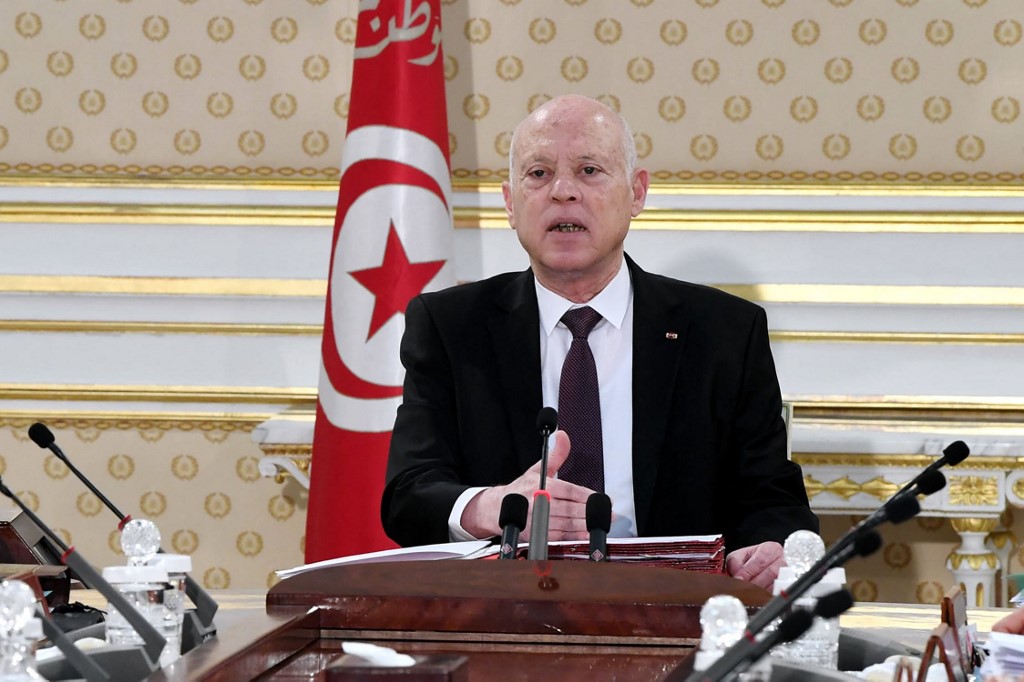
With a sky-high bond yield of 27.9%, Tunisia is facing the highest borrowing cost in Africa. Given the continuous downgrade of Tunisia’s credit ratings that hinders access to cheap loans, the country initially resorted to reaching an agreement on a $1.9bn bailout loan from the IMF last October. However, now country’s president, Kais Saied (pictured above), has rejected it on the grounds of growing domestic inequality and social tension.
First, let’s look at Tunisia’s debt history. Tunisia’s debt challenges have mostly been externally induced. Until the early 2000s, Tunisia’s public debt level remained relatively low – its average debt-to-GDP ratio was 48% per year by 2002 and decreased to 39% in 2010. This period was marked by Tunisia’s prudent debt management policy with the establishment of domestic government fixed-income instruments, and commitment to fiscal sustainability under its Five-Year Development Plan.
Copyright © ENTREPRENEURSHIP DEVELOPMENT INSTITUTE 2015. All rights reserved.
Powered by: C.B.N